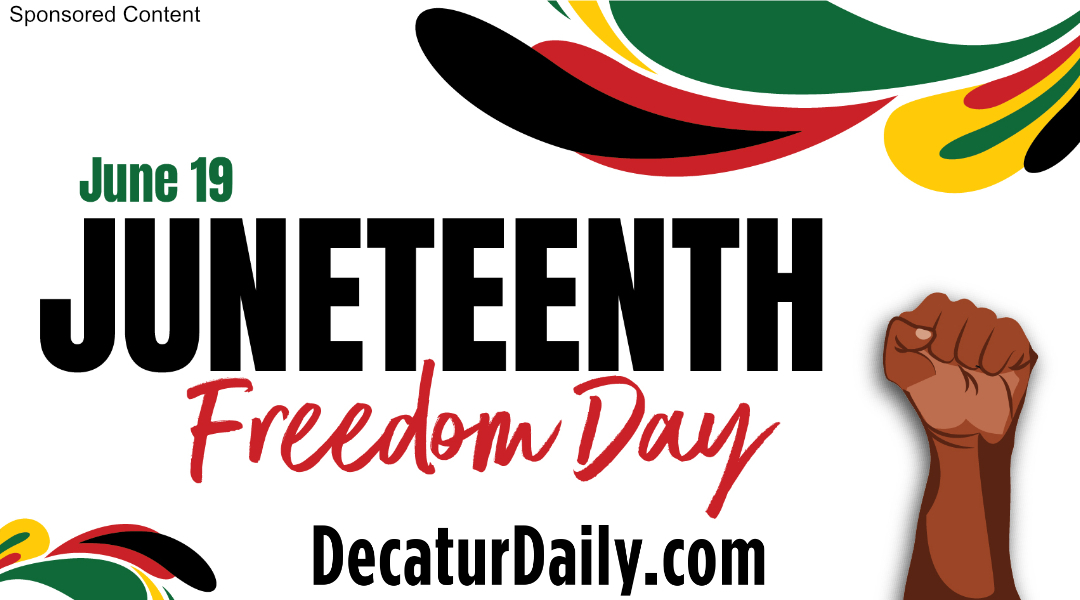
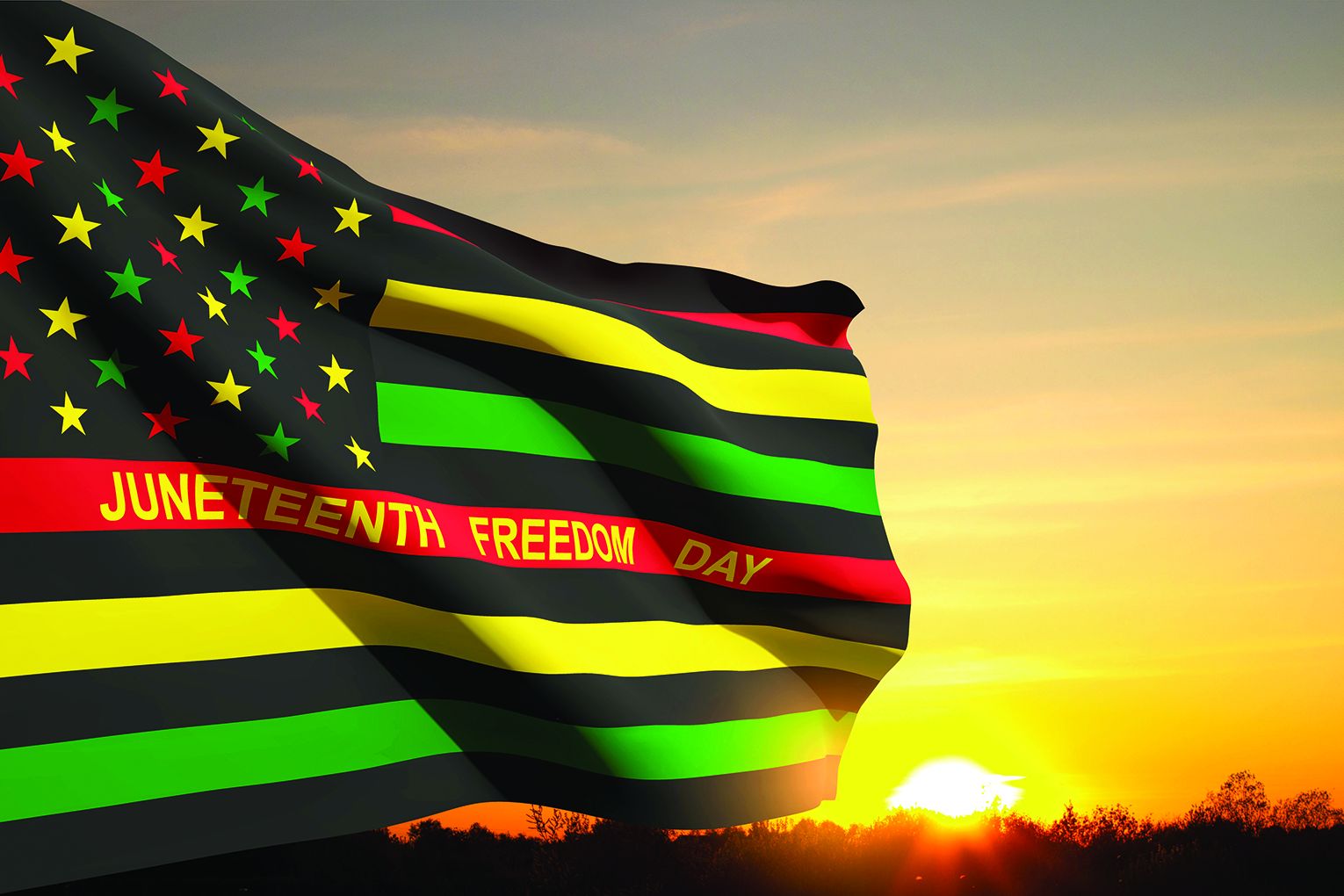
Juneteenth: A Day of Liberation and Resilience Marks the End of Slavery in the U.S.
Celebrate JuneteenthIn 2021, President Joseph Biden signed the Juneteenth National Independence Day Act, which established an official holiday to commemorates the end of slavery in the United States. The act became law and the holiday was celebrated two days later.
As the United States prepares to celebrate its third official Juneteenth holiday, here is an in-depth look at what the day is all about.
Origins of Juneteenth National Independence DayThe origins of Juneteenth date back to June 19, 1865. Months after Confederate forces surrendered in the American Civil War, enslaved African Americans in Galveston, Texas were finally told they were free. Union soldiers arrived in Galveston and explained that slavery had been abolished and the war was over. This liberation actually took place more than two and a half years after President Abraham Lincoln issued the Emancipation Act, which freed enslaved people throughout the country.
Juneteenth began as a regional celebration that was observed locally each year before becoming a state holiday in Texas in 1980. Juneteenth was subsequently recognized as a holiday in a number of other states before President Biden officially made the day a federal holiday in 2021.
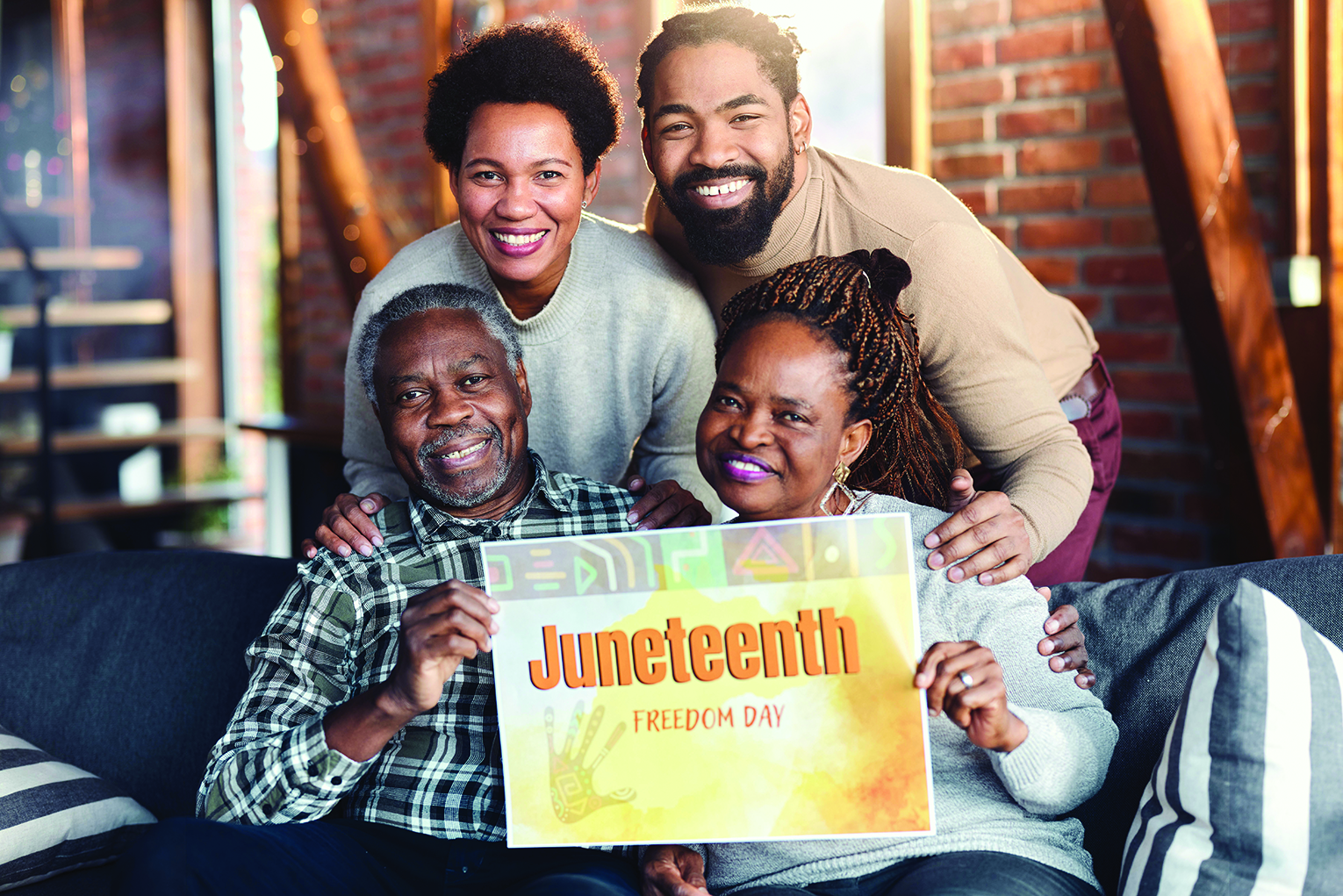
Due to federal law, federal businesses are closed for Juneteenth. Private businesses may opt to close or remain open. Some may issue a floating holiday to those who would like to observe Juneteenth.
Celebrations vary across the country. Some states host parades, and families and friends may gather to play games and enjoy food and other fun. Public readings or church services relevant to the holiday also may be part of Juneteenth celebrations.
Juneteenth food traditionsJuneteenth has its own traditions, including some involving food. For example, many people enjoy a dish known as the Marcus Garvey salad. Marcus Garvey was a Black activist who sought to unify and connect people of African descent worldwide. The dish is made with red, green and black beans to symbolize the Pan-African flag. Additional Juneteenth foods are red, which is no accident. Before slavery was abolished, many slaves ate foods that were white, green or brown. Eating brightly colored red foods was a rarity and a cause for excitement. The color red also was associated with the cultures of people who used to be enslaved. Red beverages, sauce-covered barbecue, red velvet cake, and many other red foods and beverages are now served on Juneteenth.
Juneteenth is now celebrated across the United States and can serve as a catalyst for discussions about American history.
19 facts related to Juneteenth
The abolition of slavery in the United States marked the end of a long and winding road. President Abraham Lincoln issued the Emancipation Proclamation on January 1, 1863, a point in time when the American Civil War had already been raging for years. President Lincoln's proclamation declared that "slaves within any State, or designated part of a State. in rebellion. shall be then, thenceforward, and forever free." While this was an important step toward enslaved individuals receiving their freedom, the passage of the Thirteenth Amendment after the conclusion of the Civil War in 1865 officially abolished slavery.
Although many people were immediately granted freedom after the Emancipation Proclamation, a large number in various Confederate territories were not. On June 19, 1865, enslaved Africans living in Texas finally received news of their freedom, prompting a celebration and marking the unofficial beginning of Juneteenth. Here are 19 facts related to Juneteenth.
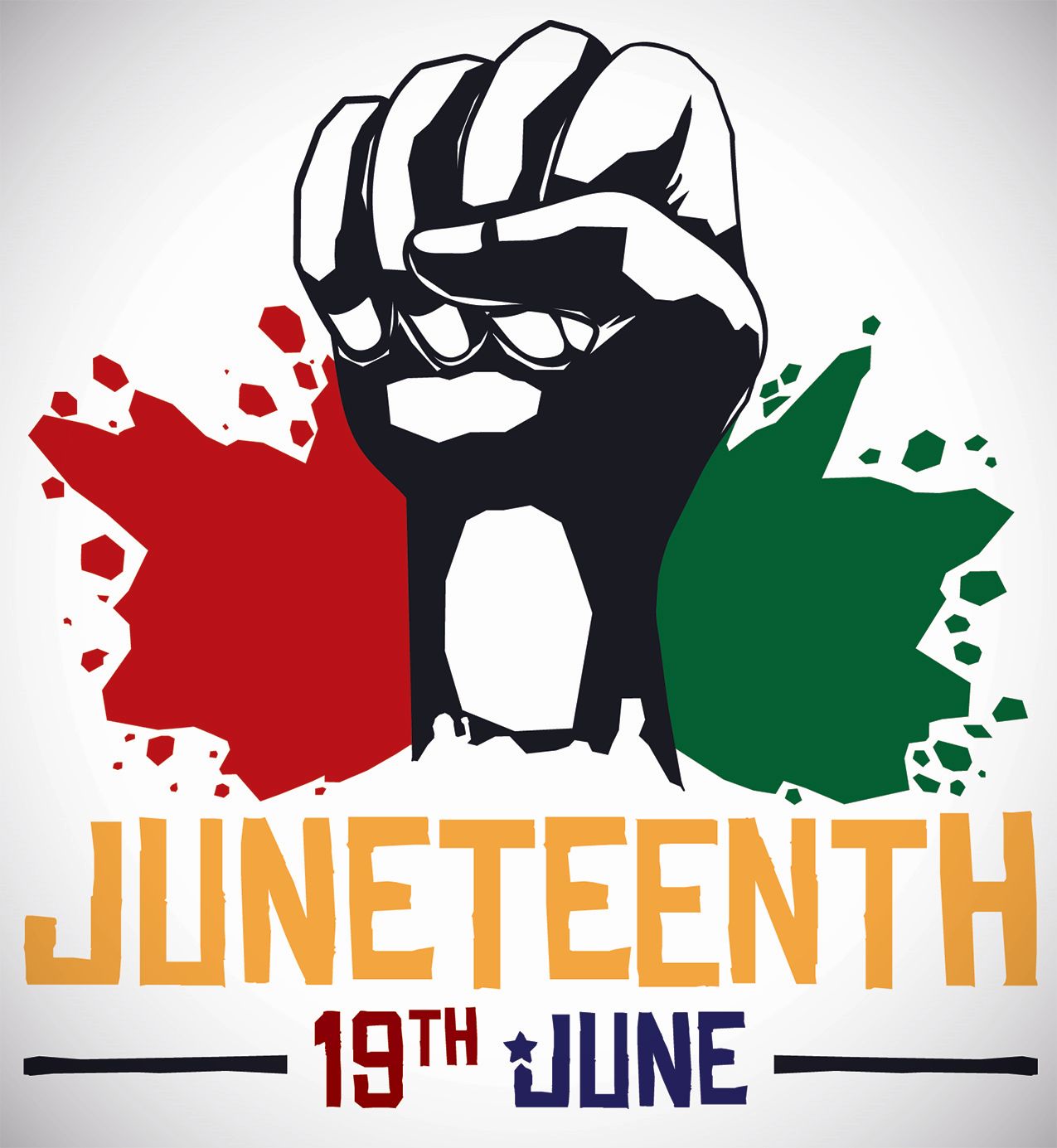
1. On June 19, 1865, roughly 2,000 Union troops arrived in Galveston Bay, Texas to announce to the more than 250,000 enslaved Black people in the state they were free by executive decree.
2. The newly freed people in Texas came to refer to this day as "Juneteenth."
3. While Juneteenth has perhaps become the most notable holiday, many other celebrations commemorate the end of slavery. Many individual states commemorate their own emancipation days.
4. General Gordon Granger arrived with the Union troops to enforce the end of slavery in Texas. Granger commanded the Headquarters District of Texas.
5. On June 19, 1866, freedmen in Texas organized the first annual celebration, which they called "Jubilee Day."
6. Juneteenth celebrations often feature music, prayer services, fun activities, and barbecues. When Black people migrated to other states, they brought their celebratory traditions with them.
7. Texas made Juneteenth an official holiday in 1979. Additional states, and eventually the Federal government, followed the lead throughout the years.
8. The United States Congress passed a resolution establishing Juneteenth as a federal holiday and President Joseph Biden signed the bill on June 17, 2021. The first commemoration occurred two days later.
9. Juneteenth is the first day to obtain legal observance as a federal holiday since Martin Luther King, Jr. Day was designated in 1983.
10. Juneteenth goes by other names, including Emancipation Day, Black Independence Day and Freedom Day.
11. There is an official Juneteenth flag. It features blue over red and a white central star, surrounded by an outer star. The red, white and blue is a nod to the formerly enslaved people being recognized as Americans. The inner star represents Texas, and the outer star symbolizes new freedom and new people.
12. Red foods and beverages are staples of Juneteenth festivities because they are said to represent the bloodshed by ancestors.
13. Juneteenth is the longest-running African American holiday.
14. Part of the General Order No. 3 that freed Texas slaves encouraged the newly emancipated people to remain with their past owners and work for wages. Despite this recommendation, many Black people left the area in a period known as "the scatter."
15. Emancipation Park in Houston was bought by former slaves. The 10-acre parcel was purchased specifically to celebrate Juneteenth.
16. Although Juneteenth celebrations waned during the early twentieth century, they were revived during the Civil Rights Movement.
17. The official title for the federal holiday of Juneteenth is Juneteenth National Independence Day.
18. Each year, a Juneteenth Flag-raising ceremony is held in Galveston.
19. Estimates suggest there were 3,953,760 enslaved people in the United States in 1860, according to the National Bureau of Economic Research.
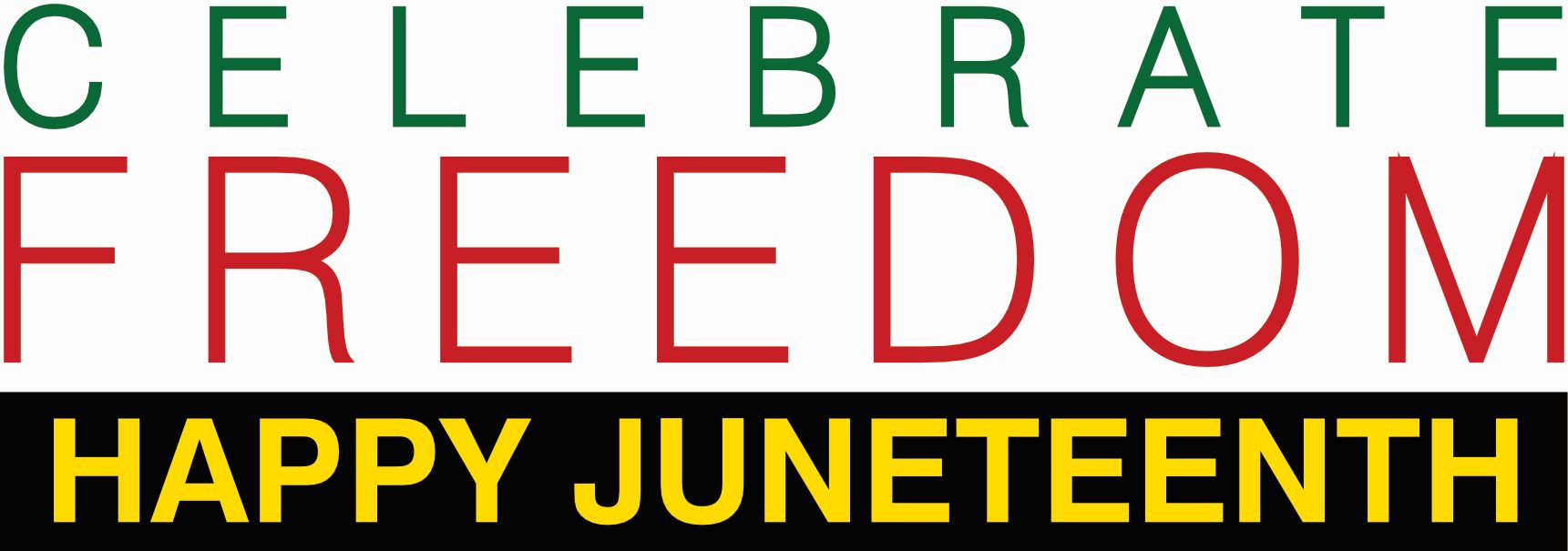
Additional Information
- Juneteenth: North Alabama celebrations commemorating the historic day reaching thousands
- National Juneteenth website
- The Historical Legacy of Juneteenth
- Celebrating Juneteenth with the Solomon Sir Jones films
- Historian Dr. Shennette Garrett-Scott lectures on the history of Juneteenth
- Free at Last: A Juneteenth Poem

